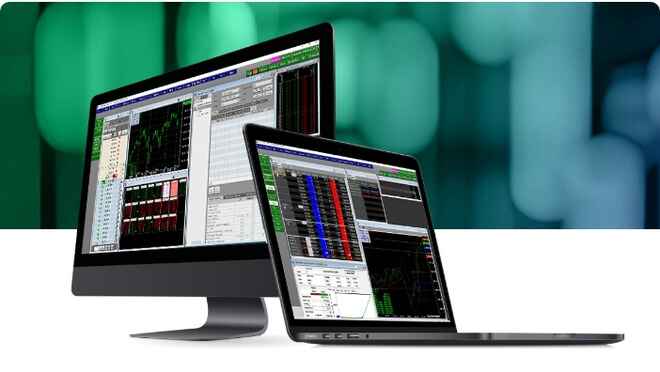RJO Premier
Full-service trading account with 24-hour access and tailored strategies.
Full-service trading account with 24-hour access and tailored strategies.
Hybrid trading account with self-directed trading and personalized strategies.
Self-Directed Trading Account with 24-hour access and low commissions.
Hedging and Risk Management with tailored strategies and customized trade plans.
Professional Trading Service with Suspense/Block Accounts, API connectivity, and tailored back-office operations.
Managed Futures services for portfolio diversification, risk management, and alternative market exposure.
Trading System services offer rule-based, automated strategies for disciplined and consistent trading.
Discover the right futures trading service for your needs — watch our short video.
Diversification, hedging, and speculation opportunities in Ag markets.
Capitalize on geopolitical events or hedge international exposure.
Price volatility capitalization, risk management, investment diversification, and liquidity.
Industrial demand, seasonal price patterns, currency correlations, and global market influence.
Broad market exposure, hedging against stock portfolio risk, and market speculation.
Diversification, hedging, speculation, and managing portfolio risk.
Supply chain disruptions, seasonal trends, and portfolio diversification opportunities.
Lightning-fast execution, advanced charting, customizable dashboards, and analytical tools.
Web-based trading app with real-time data, advanced charting, and secure transactions.
Mobile trading app for managing your portfolio and executing trades with real-time data.
Robust charting, analytical tools, high-level customization, and precision in market analysis.
Seamless platform integration, order management, risk analysis, and market insights.
Explore futures trading platforms tailored to your trading style.

Sign up now for instant access to advanced tools, real-time data, and $100,000 in virtual funds to hone your skills.
Get Free Demo